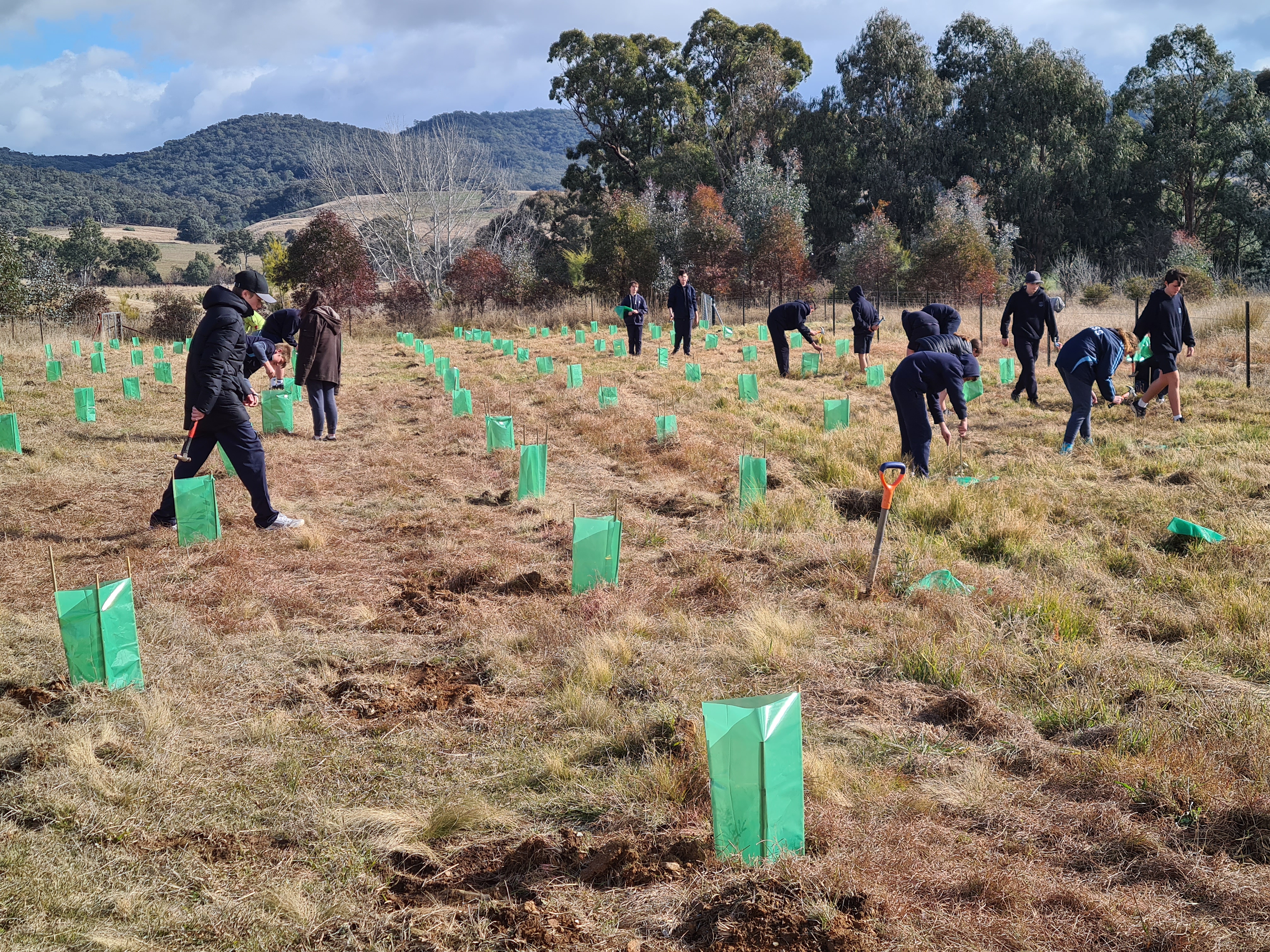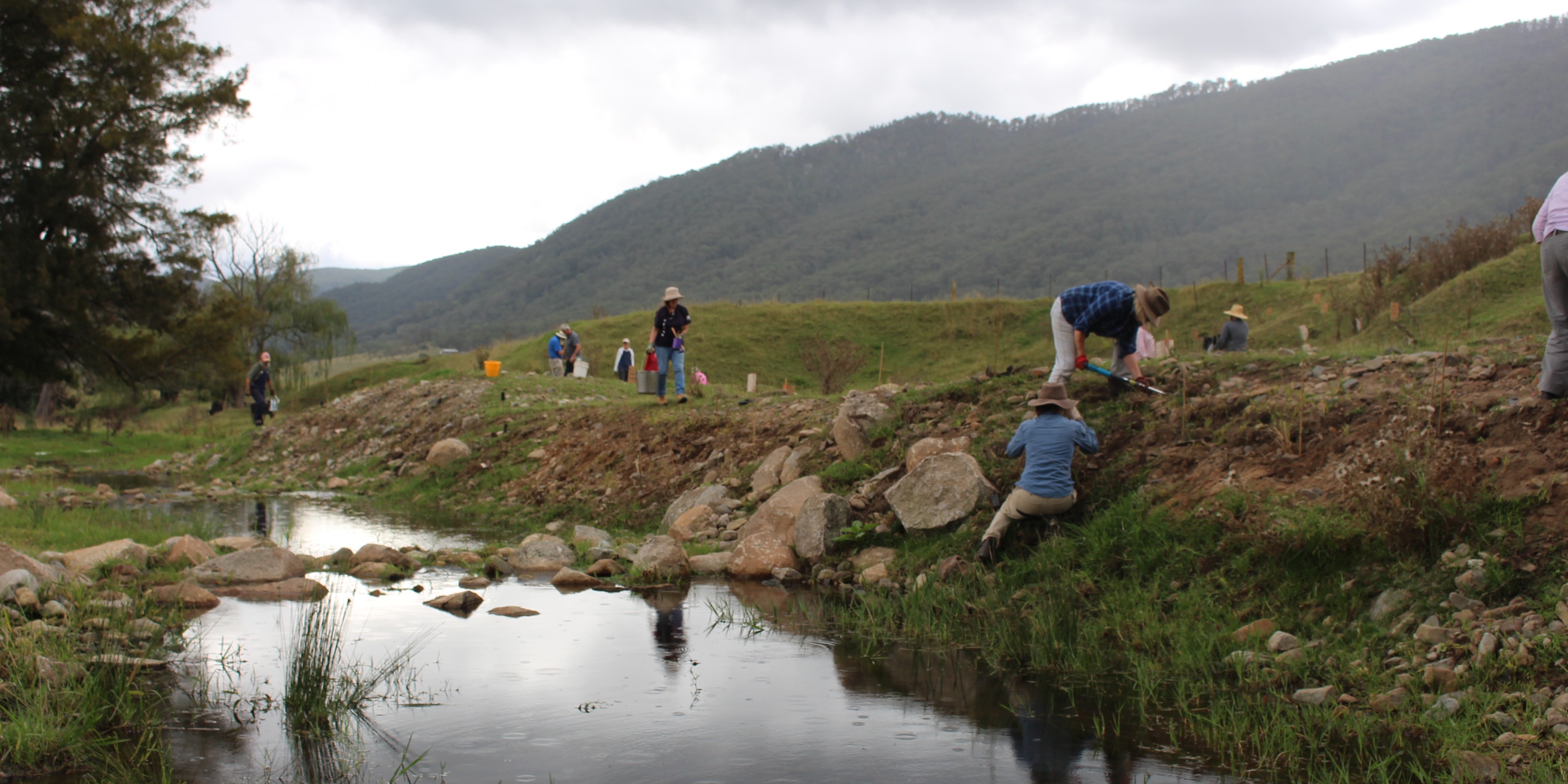Key points
- The Tasman Sea provides NSW with environmental, social, cultural and economic benefits. These benefits rely on the quality and biodiversity of the ocean.
- Climate change is changing ocean currents and increasing the average sea surface temperature around Australia, which is leading to marine heatwaves and impacts on marine biodiversity. These impacts are expected to intensify.
- The best way to reduce the impacts of climate change on our oceans is to reduce greenhouse gas emissions.
The importance of the ocean in NSW
Adjacent to the NSW coast lies the Tasman Sea at the western edge of the Pacific Ocean. The Tasman provides important environmental, social, cultural and economic benefits to NSW.
Some ocean benefits are tangible and their value can be measured, such as commercial fisheries and marine tourism. Others are intangible, such as the benefits to human health and wellbeing when people experience nature.
The ocean provides many different economic values. Australia conducts 98% of its trade through ports. Ports in Newcastle, Port Kembla and Sydney are a central part of NSW's and Australia's supply chain. Other economic services include seafood from our commercial fishery, aquaculture and marine and cruise ship tourism.
Recreational activities can also provide economic benefits. Such activities include:
- whale watching
- recreational and cultural fishing
- kayaking
- sailing
- scuba diving
- surfing
- beach going.
For many people who live in NSW, the ocean provides social and cultural benefits and supports their emotional wellbeing. Our oceans make up part of the cultural fabric of NSW.
The Tasman Sea also influences the NSW climate system.
How the ocean is affected by climate change in NSW
Oceans cover more than two-thirds of the earth’s surface and hold about 96.5% of all water. The earth’s oceans:
- produce 50–80% of the world's oxygen
- absorb 30% of carbon dioxide emissions
- absorb 93% of the extra heat that comes from greenhouse gas emissions.
The ability of the oceans to absorb extra carbon dioxide and heat is not endless. The heat and carbon dioxide already absorbed are having major effects on ocean temperatures, ocean acidification and sea level rise, which are affecting biodiversity and marine ecosystems. These are threatening the ecosystem values and services that we derive from the ocean, and are projected to intensify.
The clearest impact of climate change is the warming of our oceans, particularly of surface layers that are in closest contact with the atmosphere.
Long-term sea surface temperature data show a strong warming trend off south-east Australia over the past 100 years. This is affecting the physical, chemical and biological characteristics of Australia’s marine environment, with impacts including marine heatwaves and loss of biodiversity.
Ocean warming has contributed to longer and more frequent marine heatwaves. The increasing frequency of these heatwaves in NSW – and around Australia – has caused permanent impacts on marine ecosystem health, and marine habitats and species. These impacts include:
- depleting kelp forests and sea grasses
- coral bleaching
- shifting of some marine species away from the equator towards the north and south poles
- increasing occurrence of disease.
Marine heatwaves also have negative effects on NSW’s commercial fisheries.
The East Australian Current has extended 350 kilometres southward in its range of influence, making the southern waters warmer and saltier. As this continues, it will affect the exchange of water between the open ocean and inshore regions and alter marine habitats. It will also influence nutrient supply and larval dispersal in inshore regions, affecting some marine species.
As the ocean warms around Australia, it is expected that the upper ocean will become more layered. This could result in a decline in the vertical supply of nutrients to the surface, reducing primary productivity. This will in turn affect marine productivity and fisheries, and marine animals such as turtles, sharks and seabirds.
Ocean warming is leading to fewer tropical cyclones, but they are expected to be more intense. Their frequency is also expected to vary more year to year. More intense tropical cyclones, which track southwards along the Queensland coast and into NSW, erode the coast and disrupt marine trade and international supply chains. Less beach sand as a result of erosion affects recreation, and participation in community activities such as surf lifesaving.
More severe tropical cyclones and temperate storms can also damage important ocean ecosystems such as kelp beds and cool water rocky reefs. These ecosystems provide important habitats and food sources for marine wildlife. Kelp beds also produce oxygen and absorb carbon dioxide.
Ocean acidification reduces the ability of calcifying organisms to produce their shells. This may have major ramifications for marine ecosystems, disrupting the food chain and affecting the commercial oyster industry.
As the ocean warms, it expands. Together with the volume added from the melting of snow, glaciers and ice caps, this is causing the sea level to rise.
The Intergovernmental Panel on Climate Change (IPCC) predict around 0.21 to 1.06 metre of sea level rise with the current level of greenhouse gas emissions by 2100. Sea level rise is projected to accelerate over the 21st century.
Sea level rise will lead to more flooding (inundation) in low-lying areas, storm water systems and estuarine coastal properties. It also increases the coastal erosion and storm surge inundation arising from east coast lows and tropical cyclones. This damages coastal infrastructure and communities.
The Tasman is home to a vast array of marine species and diverse habitats.
The impacts of climate change are leading to a loss of some marine species in NSW. This is because climate change is altering the conditions that organisms and ecosystems are living in faster than they can adapt to such changes.
Globally, climate change is changing how the biosphere, atmosphere and hydrosphere interact with each other. This in turn affects environmental chemistry and upsets the balance in the oceans’ carbon and nutrient cycles.
Temperature drives the biology in the ocean. As warming reduces the density of water it can lead to lower concentrations of nutrients in surface waters. This reduces levels of phytoplankton and zooplankton, which in turn reduces the numbers of fish.
Temperature also drives changes in the distribution of marine plants and animals, with most species moving towards cooler temperatures at higher latitudes.
Adapting to changes in the ocean in NSW
The NSW government is responsible for managing the marine environment for three nautical miles offshore. The Tasman sea is then managed by the Commonwealth.
The most effective way of reducing the impacts of climate change on NSW's ocean is to reduce greenhouse gas emissions, to limit the level of climate change. This is being done through several pathways in the NSW Government's Net Zero Plan.
For NSW’s ocean environment, adaptation strategies involve robust management through the Marine Estate Management Authority
Related information
- National marine Science Plan - National Marine Science Committee
- Australian Seabed Mapping - AusSeabed
- Decade of the ocean - United Nations
- Integrated Marine Observing System - IMOS
- Marine Biodiversity Hub - National Environmental Science Program (NESP)
- Marine and ocean - Australian Bureau of Meteorology
Case studies
The Restore and Renew webtool provides simple, science-backed guidance to improve restoration projects across New South Wales. In the Hunter Valley, it is helping to rebuild climate-ready, genetically diverse populations of the River Red Gum.

The Yass Area Network of Landcare Groups is is using the Restore and Renew webtool to guide seed selection for their Climate Ready Revegetation Project.

